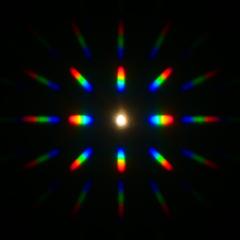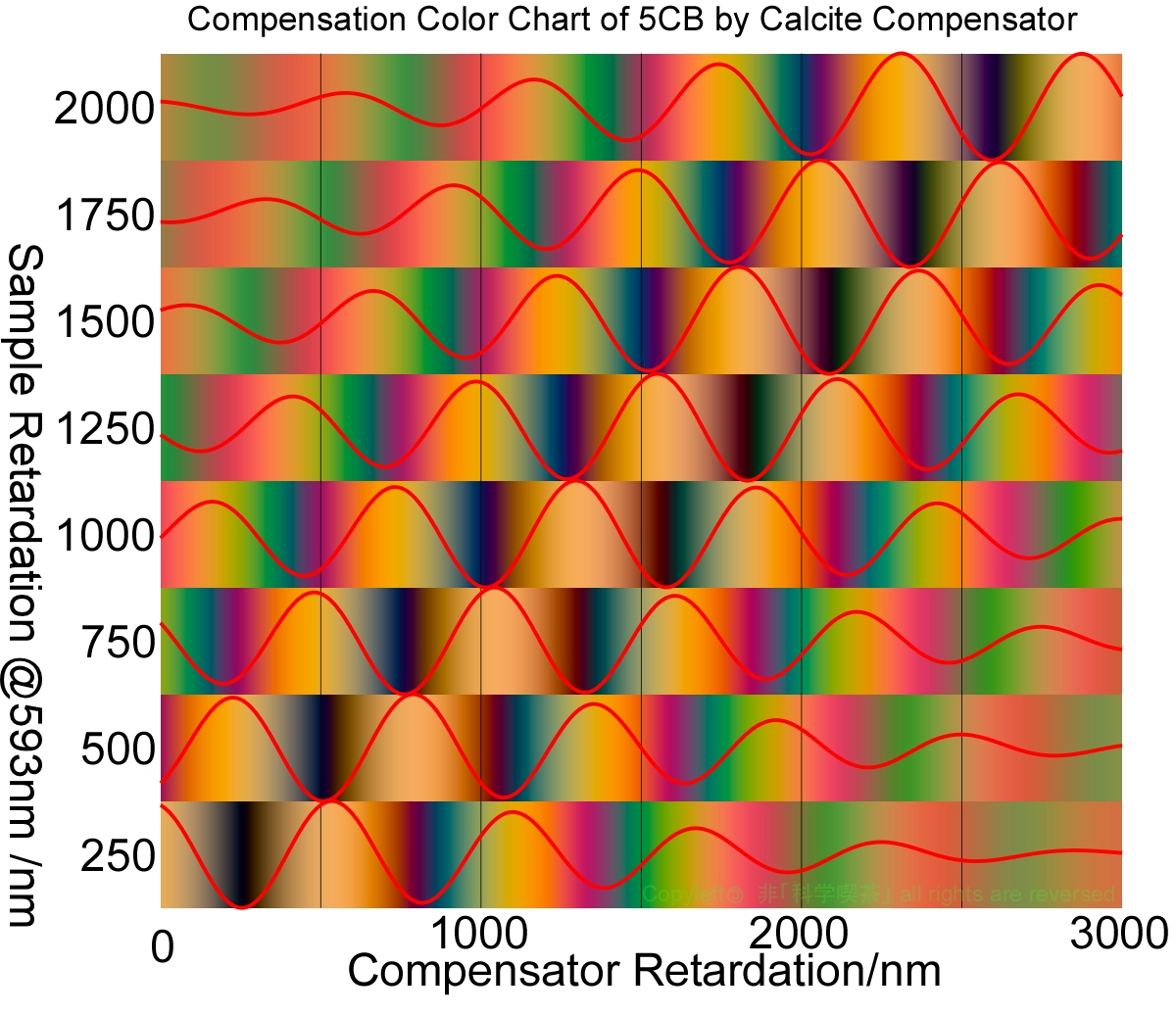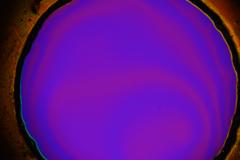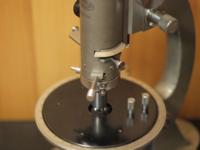|
|
|
A polarized-light microscope
is a type of microscope that has a polarizer on the illumination
side and an analyzer on the eyepiece side. It is highly effective
for visualizing transparent yet birefringent materials, such as
liquid crystals. In this discussion, I will address several topics
related to polarizing microscopes and microscopy with a focus on
liquid crystal observation.
|
| Resolution and NA |
|
The level of detail that can
be observed with a microscope is determined by the numerical
aperture (NA) of the objective lens. While there are several
theories that relate numerical aperture to resolution, here we will
focus on the most intuitively understandable theory by Abbe to
demonstrate the relationship between the microscope's resolution and
numerical aperture.
|
 |
| In the usual polarization color chart, the refractive index is assumed to be constant regardless of the wavelength. However, the refractive index dispersion of liquid crystal material is relatively large, and the polarization color will be different from the standard one if the OPD is larger than a certain value. In addition, even the measurement using the Berek compensator will make a wrong evaluation. The effect of the dispersion on the measurement by the polarization color and the compensator will be discussed. |
 |
|
The birefringence of a liquid crystal sample is relatively large, and the OPD value is sufficient for observation at a normal cell thickness. However, the OPD value may be small when the film thickness is very thin or depending on the orientation direction. This section introduces a method for observing such a low OPD sample.
|
 |
|



